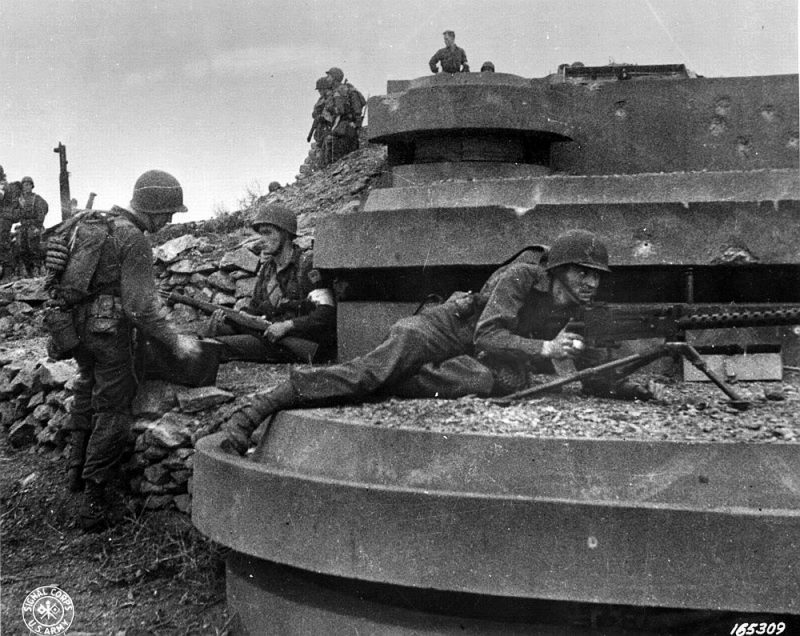On a normal day, crossing the English Channel from Britain to France can be quite an experience. On any given day, there are slight swells in the water that will cause your boat to rock. The air is misty and it makes it difficult to see further than a mile away. These conditions can cause the well-seasoned traveler a little cautious.
June 6, 2014 marks 70 year since the landings in Normandy and the Fortress Europe being opened, which led to the ultimate defeat of the Nazi invasion and crushed their capitulation—even if it was too late for the 70 million casualties who perished during this time. The Holocaust was responsible for the death of 6 million Jews, 5 million Christians, Gypsies, homosexuals and other people whom the “Superior Race” deemed unfit to live.
If you were to squint your eyes hard enough, you can force your eyes to see through the hazy mist, you can see the thousands of the allied ships carrying troops who are about to land on the shores of Normandy. The sands have become soaked with the blood of both friend and foe. Those beaches are now known as Omaha and Utah Beaches and they are a silent memorial to the thousands who have been wounded and died there. On Omaha Beach, the 1st and 29th Divisions were missioned with storming the beach. Collectively, they suffered approximately 2,000 casualties.
Today, the beaches are simply a tourist destination… A vacation sport for Europeans who search for sun, white sand, and calm waters. There are almost no traces of the horrors that the beaches have seen during the Second World War. All that stands are monuments that the French erected to show their gratitude. American cemeteries that are located near-by aren’t looked after only by the French, but on holidays and special days, the children of near-by schools will come and visit the graves, often times placing American flags at every one of the thousands of graves. Some people have even adopted an American who is buried in those cemeteries and continue to visit, even into adulthood. Some have even brought their own children to pay their respects to their adopted hero.
The American cemetery at St. Laurent-sue-Mer overlooks Omaha Beach. With 23,000 American soldiers buried there, some 9,000 remain with 14,000 repatriated to the United States. Even with the modern advances in technology, there are over 300 soldiers who are unidentified. At the cemetery, there is a garden that is in the memory of the 1,500 who are still listed as ‘Missing in Action’.
The near-by German cemetery is only a fraction of the size of the American burial ground, but it holds 22,000 bodies. A site that should not be missed is not located too far off from the German cemetery is the German stronghold at Pont du Hoc. The strong hold was built on what they believed to be an impenetrable bluff that overlooked the Channel—both Omaha and Utah beaches were in its view. The Germans never counted on an earlier version of the American Special Forces—the Second Ranger Battalion.
The brave men of this battalion climbed the sheer wall of the 100-foot cliff. These actions were never considered by the Germans. This very location has been preserved to look exactly as it did on D-Day. Today, fewer and fewer Americans visit these beaches and the cemeteries. The descendants of the men who will killed in action and buried here have grown further and further away. Most of the parents of these brave men are gone and the siblings are either gone, ill, or too old to make the journey.
As the years gone by, Normandy survivors would bring their children and grandchildren to see the sites and pay homage to those who were unable to go home. Many tourists pass through the rows of crosses and Stars of David. These tourists honor the men they’ve never met nor do they have any connection to. The only connection they do have, is that their freedom has been ensured because of the men who gave their lives. The cemeteries are considered to be American soil in France, much to the same as an embassy is the soil of that nation.
Often times, visitors will take small vials of sand from the beaches so that they can remember June 6, 1944, D-Day, and the men who sacrificed everything so that they could live in freedom. With thanks to the New Jersey News Room, we are reminded of the events that took place on those beaches.
